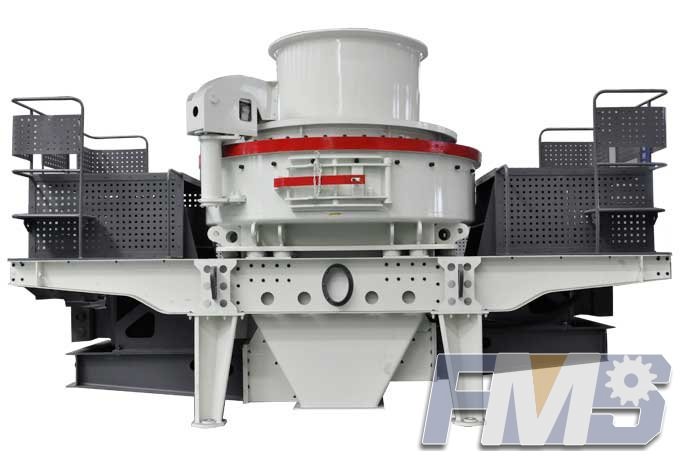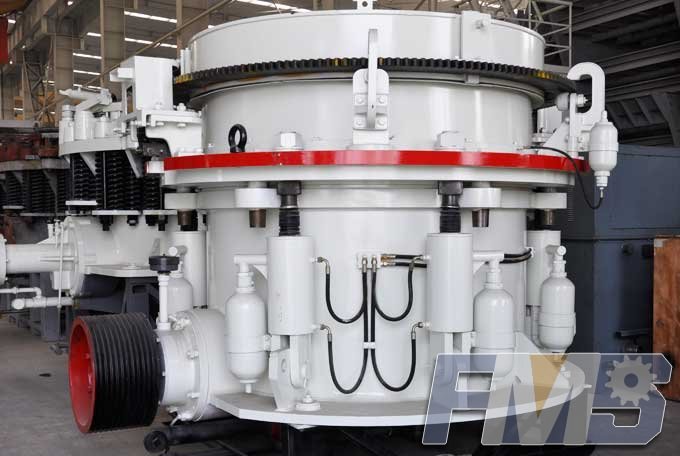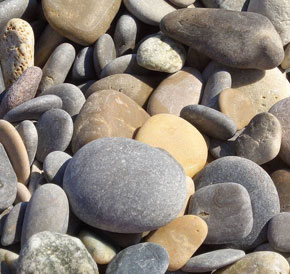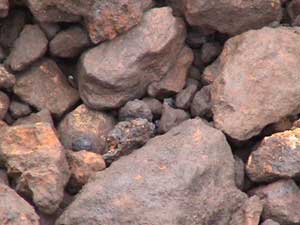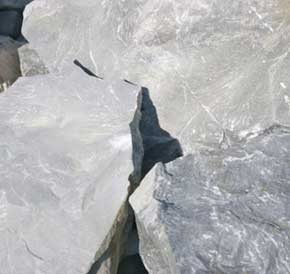High pressure grinding rolls (hpgr) applications in industry
The HPGR, considered a mature technology in the cement industry, is now the norm rather than the exception in modern diamond plant design and is becoming common in iron ore processing, particularly in the field of pellet feed preparation.
However, although some of the current diamond and iron ore applications can be regarded as hard-rock duties, HPGR is regarded by many as unproven in true hard-rock mining, and this perception is reinforced by the experience at Cyprus Sierrita in 1995– 1996. This application is widely considered to have been unsuccessful because it did not lead to a commercial sale; however, the fact that the comminution performance of the machine was impressive is not in dispute. The difficulties experienced related to the behav- iour of the wear surfaces, and many valuable lessons were learned from this operation regarding the precautions necessary in circuit design and unit operation for the protec- tion of the studded roll surfaces and the successful application of HPGR technology.
The following is a summary of the more important issues arising from observations of the HPGR operation at Cyprus Sierrita and elsewhere:
The technology is approaching a level of maturity allowing it to be seriously con- sidered for hard-rock applications.
HPGRs are sensitive to segregation and tramp metal in the feed. Mechanical availability of HPGRs is relatively high, and loss of machine utilisation in hard-rock applications is predominantly wear related.
The smooth and profiled hard-metal roll surfaces commonly used in the cement sector are unsuitable for hard abrasive ores. Instead, the more recently intro- duced autogenous wear layer concept should be used, in which crushed ore is captured in the interstices between metal carbide studs or tiles. On hard-rock applications in particular, HPGRs are sensitive to feed top size, which ideally should not exceed the roll operating gap. Oversize material in the feed can lead to stud breakage.
Roll wear surfaces may be formed as segments or as cylindrical sleeves or tyres. Segments may be used for softer ores and lower operating pressures, while tyres are recommended for hard-rock duties and higher pressures as they present a uni- form, uninterrupted wear surface to the ore and thereby avoid the preferential wear that occurs at segment boundaries. In addition, tyres are easier to fabricate than segments and so are less expensive.
Tyres involve long change-out times due to the need to remove the roll assemblies from the mainframe, while segments can be changed in situ. Some machine designs aim to minimise change-out times for tyres by allowing roll assembly removal without the need for dismantling of the feed system and superstructure.
Wear of the roll edges and cheek plates (the static wear plates used to contain the ore at the roll edges) remains an issue, and development in this area is ongoing. A few operations use rock boxes (chutes at the edges of the rolls) instead of cheek plates, allowing part of the feed material to flow around the rolls and so relieve the pressure on, and wear of, the roll edges. This does, however, introduce the disadvantage of passing uncrushed feed to product.
Hindrances to the adoption of HPGRs in hard-rock processing include
The generally conservative nature of the mining industry
A perception of high cost, particularly of the replacement wear parts in abrasive applications
Uncertainties regarding the reliability of modeling and scale-up from laboratory or pilot operations to commercial installations
A lack of definition of the requirements for robust flowsheet design of an HPGR- based comminution circuit.
Of these, it is generally acknowledged that high wear rates constitute the major obstacle to the ready acceptance of the technology in hard-rock applications. However, the HPGR can prove a cost-effective comminution device, even when the high cost and frequency of replacement of wear surfaces in highly abrasive duties are considered.
Scale-up procedures have been the subject of many technical publications and should now be considered reliable. They are mentioned here only briefly for the sake of completeness. The characteristics of HPGRs that have a significant impact on flowsheet design will be considered as the main emphasis of this analysis.
Tagged: HPGR CrusherHPGR MillHigh Pressure Grinding Rollshpgr application
Get Detail Information:
(If you do not want to contact to our online customer service, please fill out the following form, Our client manager will contact you later. We will strictly protect your privacy.)


